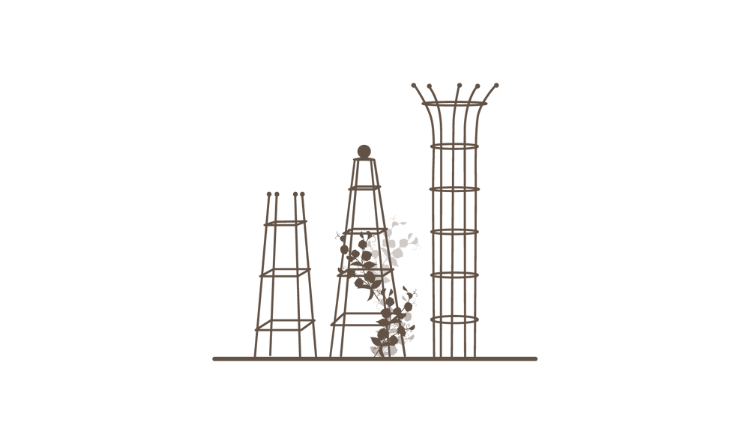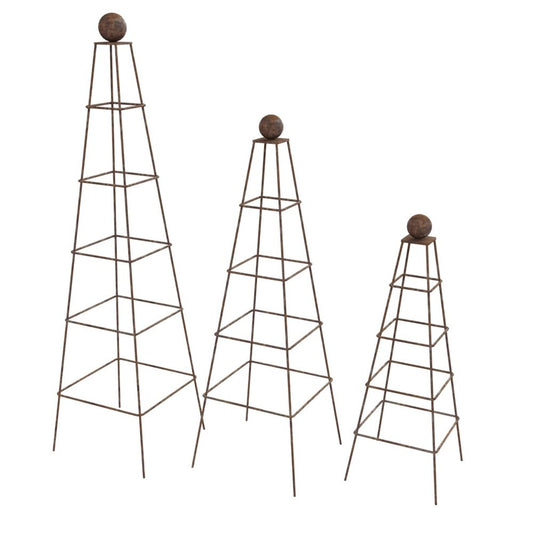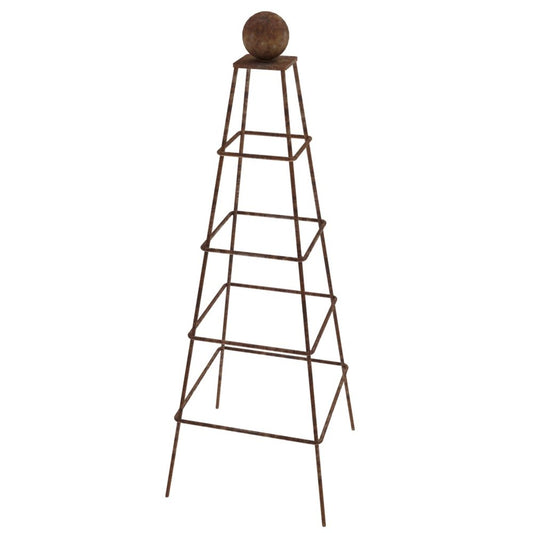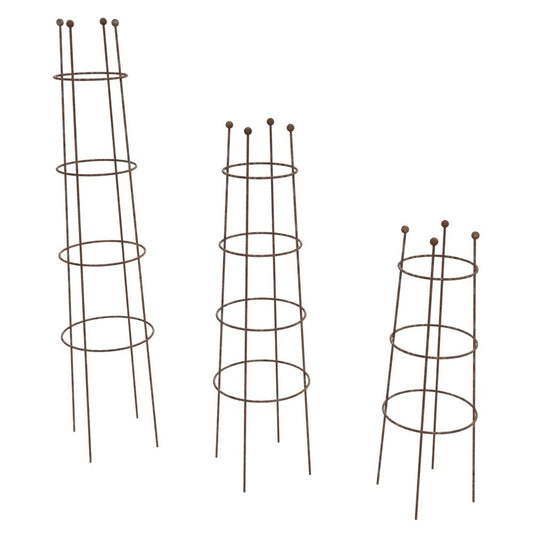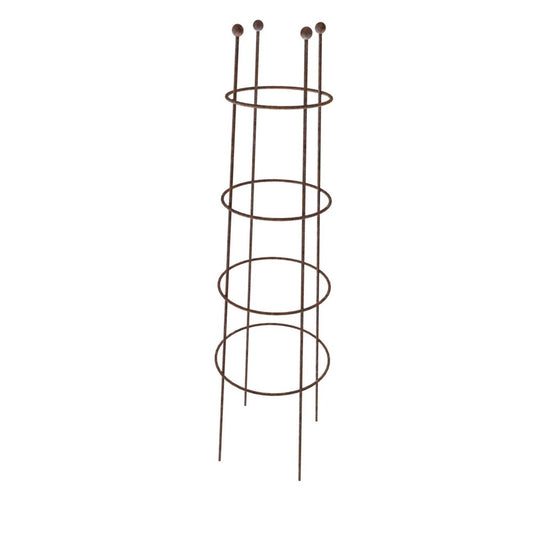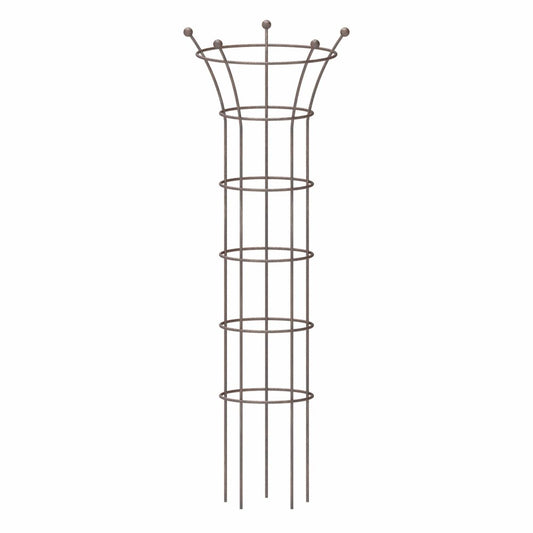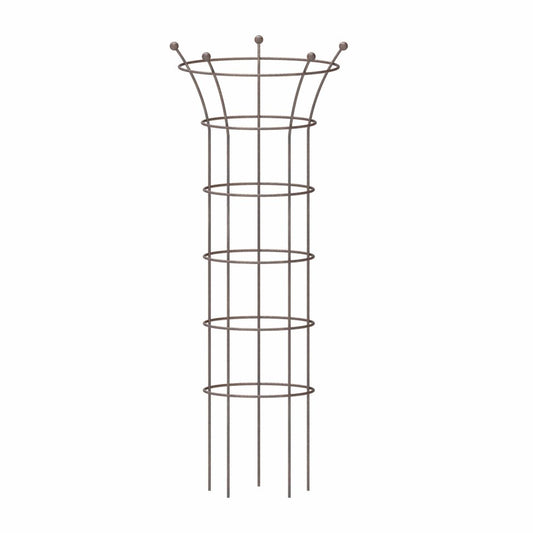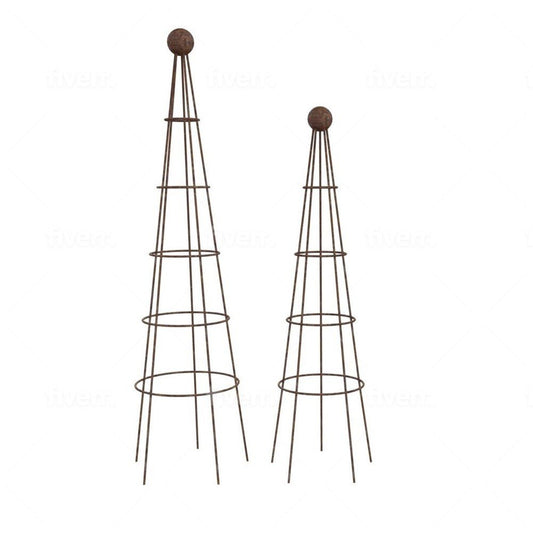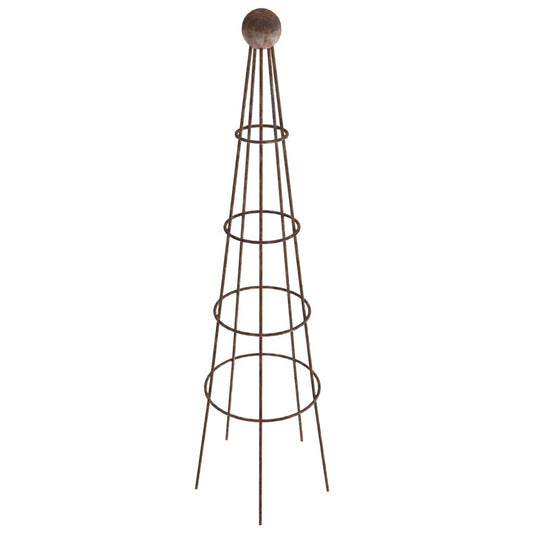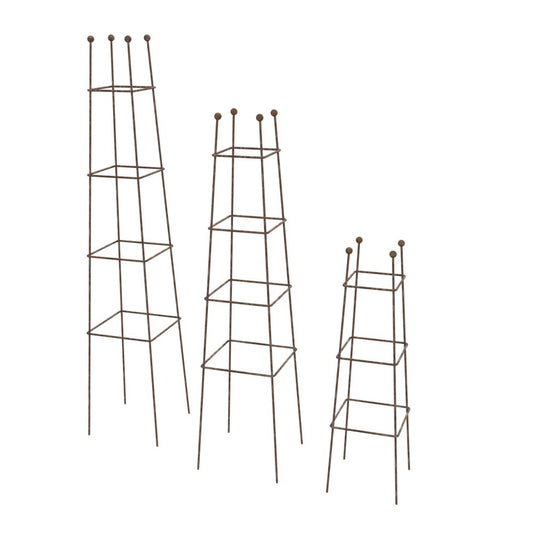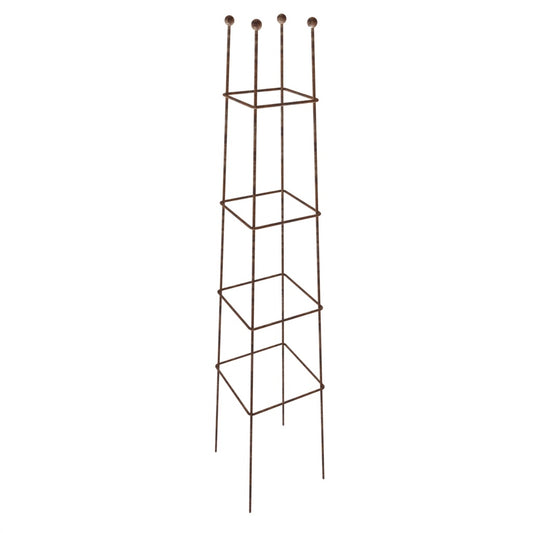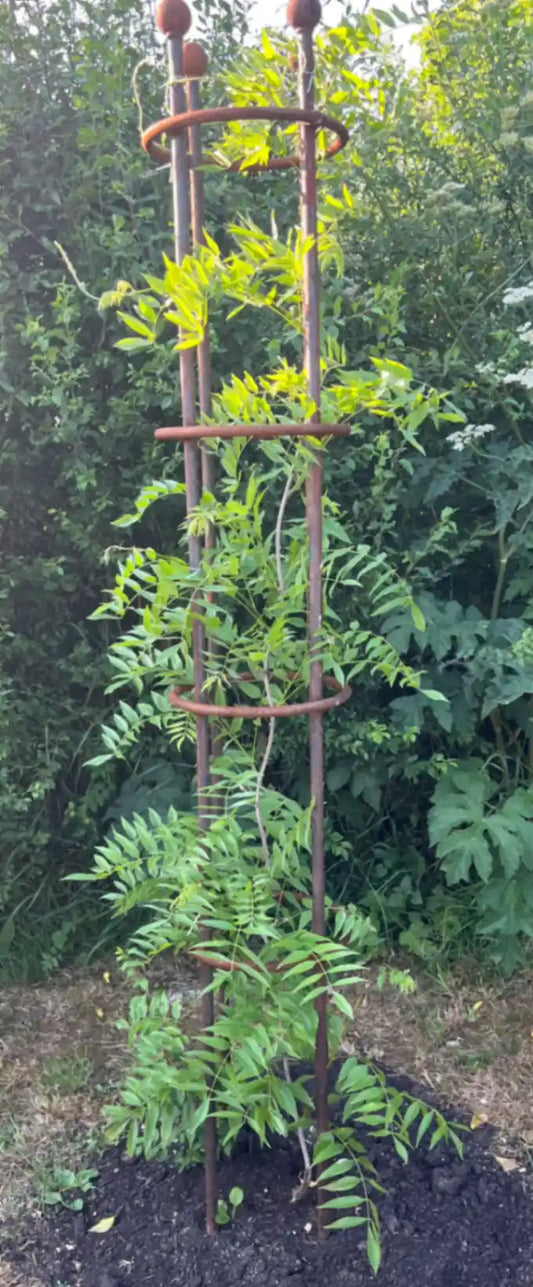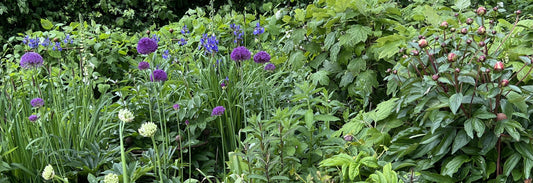-
Abinger Obelisks
Regular price From £379.50 GBPRegular priceUnit price per -
Circular Obelisks
Regular price From £269.50 GBPRegular priceUnit price per£0.00 GBPSale price From £269.50 GBP -
Clematis & Rose Obelisks
Regular price From £390.50 GBPRegular priceUnit price per -
Cotswold Obelisks
Regular price From £489.50 GBPRegular priceUnit price per -
Square Obelisks
Regular price From £269.50 GBPRegular priceUnit price per -
Wisteria Columns
Regular price £467.50 GBPRegular priceUnit price per

Lesley Ann's Tip
FAQs
What is the best plant to grow up an obelisk?
Do you plant inside or outside an obelisk?
Can you put an obelisk in a planter?
How do you secure an obelisk in the ground?
What is the purpose of an obelisk in a garden?
Looking for something else?
Head back to view all of our collections to see if we can get the right product for your garden.

